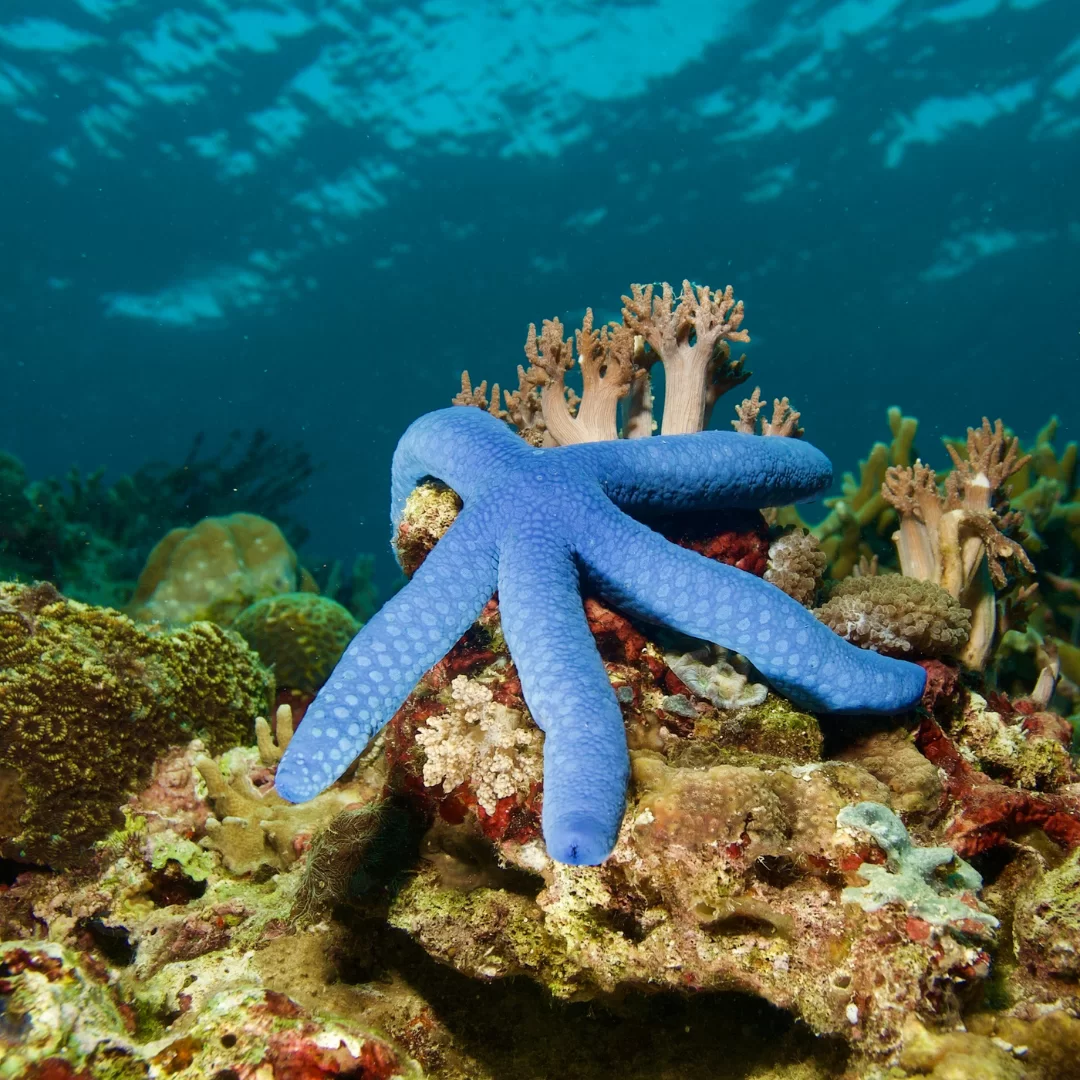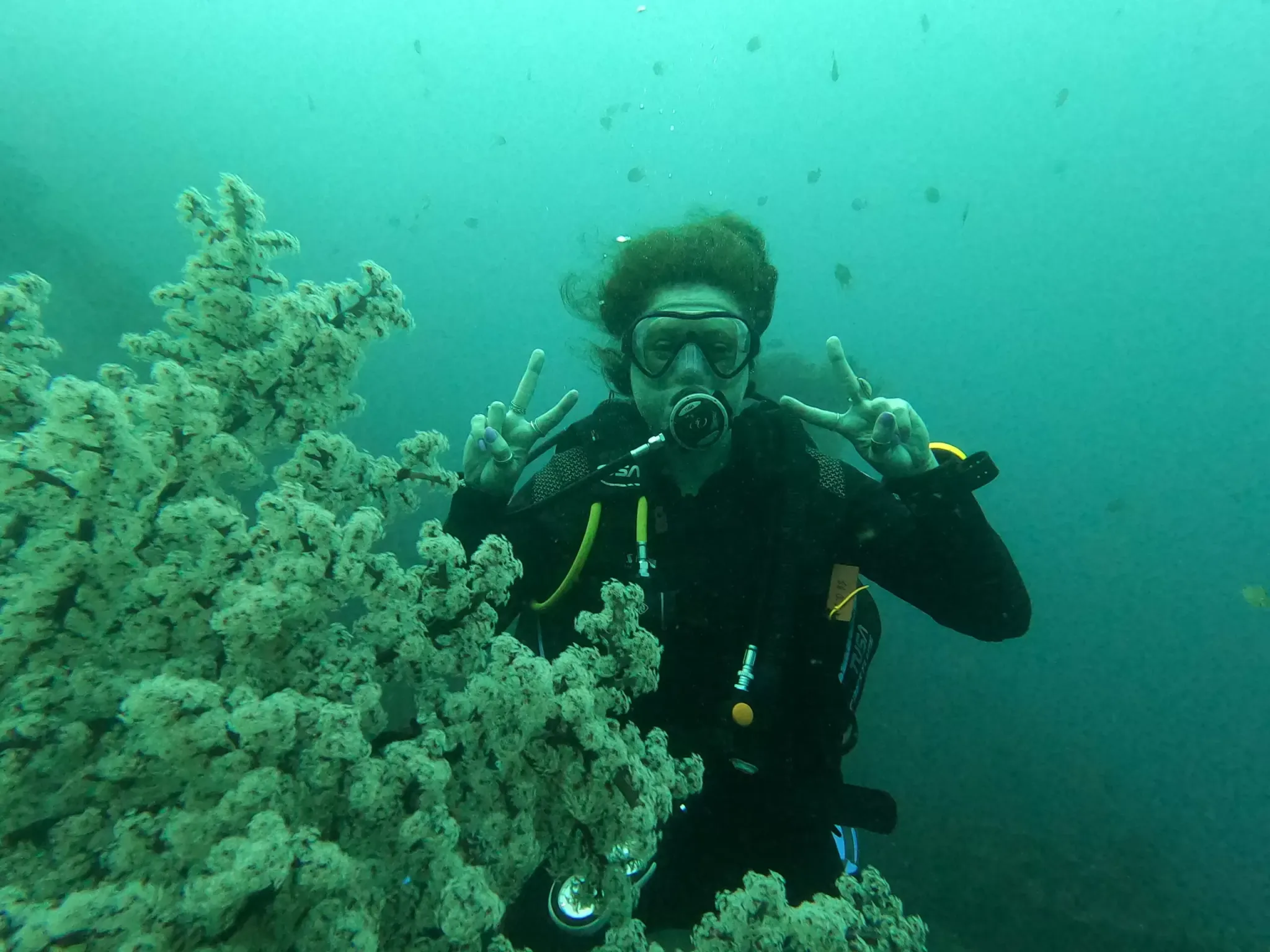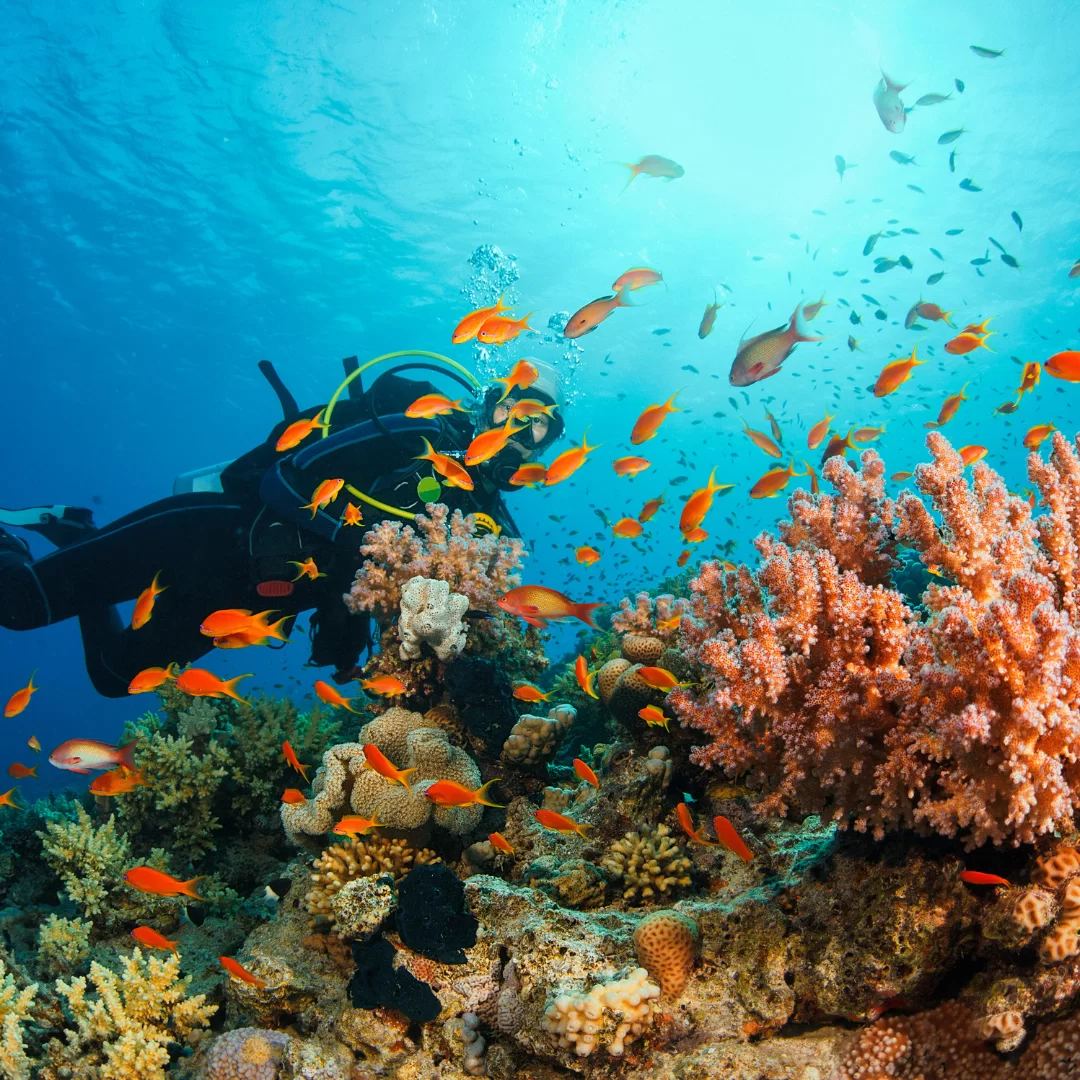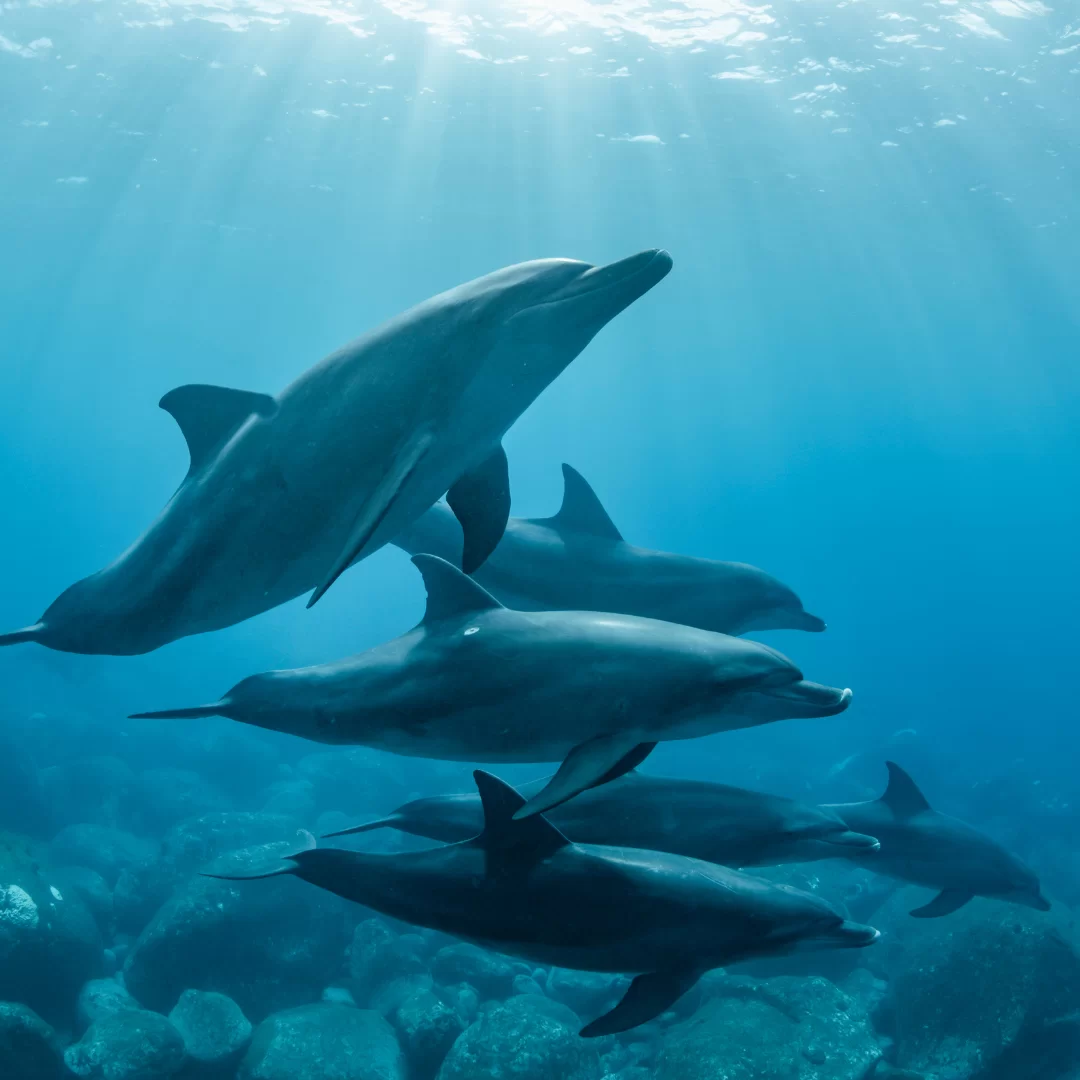The Starfish: A Master of Regeneration
When you think of starfish, you might picture their iconic five arms, which have made them one of the most recognizable creatures in the ocean. But did you know that these fascinating marine animals possess a remarkable ability that sets them apart in the animal kingdom? The starfish is a true master of regeneration, capable of regrowing lost limbs and, in some cases, even entire bodies. Let’s explore the fascinating biology and behavior of starfish, their regenerative abilities, and how they continue to amaze scientists.
The Anatomy of a Starfish
Starfish, or sea stars, belong to the class Asteroidea, and there are over 2,000 species found across the world’s oceans. Despite their common name, starfish aren’t actually fish at all—they are echinoderms, a group of marine animals that also includes sea urchins, sand dollars, and sea cucumbers.
A starfish’s body is typically star-shaped, with five arms (although some species have more). The central disk contains the vital organs, while the arms are lined with tube feet that help the starfish move, capture food, and even breathe. These tube feet are part of a water vascular system that allows the starfish to operate like a hydraulic machine, enabling movement and feeding.
But it’s the starfish’s ability to regenerate lost limbs that makes it truly special. Whether a predator has bitten off one of its arms or it has been damaged in a collision, starfish have the ability to grow back missing parts, often with remarkable efficiency.
The Regeneration Process: How Does It Work?
Starfish regeneration is nothing short of extraordinary. If a starfish loses an arm, it doesn’t panic—it simply begins the process of growing a new one. This process involves several stages:
- Cellular Regeneration: When an arm is lost, the starfish begins by sending cells to the wound site, where they start dividing and forming new tissue. This tissue gradually develops into a new arm, beginning with the basic structure and progressing over time.
- Nervous and Vascular System: The new arm also requires the growth of a new nervous system and water vascular system, essential for the starfish’s movement and function. These systems are rebuilt from the remaining part of the body, with specialized cells forming the necessary structures.
- Time and Energy: Regeneration can take weeks or months depending on the species, the size of the arm, and environmental factors. Starfish have an incredible ability to focus energy on regenerating limbs, but it takes time—sometimes up to a year for a full arm to grow back in certain species.
Can Starfish Regrow Their Whole Body?
In some cases, starfish can regenerate entire bodies from just a small portion of the original animal. If a starfish loses its central disk (the central body part), it’s possible for the remaining arm or portion of the body to grow into a whole new individual. For example, the Linckia laevigata, a species of blue starfish, has been known to regenerate a new body from just one arm and a piece of the central disk.
However, it’s important to note that this process doesn’t happen in all species. Some species require more of the central disk to regenerate a full body, and there are cases where the regrowth of a body isn’t possible if the central disk is too damaged.
Why Is Regeneration So Important?
The ability to regenerate lost limbs or even entire bodies is a critical survival mechanism for starfish. In the wild, these animals face threats from predators such as crabs, fish, and even other starfish. If a limb is damaged, the starfish doesn’t need to worry about permanent injury; it can simply grow back the lost appendage.
Moreover, regeneration plays a crucial role in starfish’s ability to thrive in a variety of environments. The regeneration process ensures that even if a starfish loses part of its body in a harsh environment, it can continue its life cycle and contribute to the ecosystem.
Not All Regeneration Is Equal
While starfish are impressive regenerators, not all species are equal in their abilities. Some species, like the Coscinasterias and Asterias species, can regenerate arms very efficiently, while others have more limited regenerative capabilities. Environmental factors also play a significant role in how quickly and effectively a starfish can regenerate. Factors like water temperature, food availability, and habitat quality all affect the regenerative process.
Additionally, while starfish can regenerate arms, there are limits. Repeated or severe damage to the starfish, such as losing too many limbs, may prevent successful regeneration. In the wild, some species are known to struggle when their arms are constantly being lost due to over-predation or other stressors.
Conservation and Starfish Health
Though starfish have evolved impressive regenerative abilities, they still face numerous threats to their survival, many of which are linked to human activities. Pollution, habitat destruction, and climate change are causing stresses on marine ecosystems, and some starfish species are struggling to cope with these changes. For instance, rising ocean temperatures have led to “starfish wasting disease,” which has decimated populations in certain regions.
Conserving starfish habitats is crucial to ensure the survival of these remarkable animals. Efforts to protect coral reefs, reduce pollution, and mitigate climate change can help maintain healthy starfish populations and support their ongoing ability to regenerate.
Fascinating and Unusual Regeneration
Starfish are not just beautiful marine creatures—they are truly extraordinary examples of nature’s ingenuity. Their ability to regenerate lost limbs and sometimes entire bodies makes them one of the most resilient creatures in the ocean. Whether they are lost in the depths of the sea or found in tidal pools, these remarkable creatures continue to amaze us with their regenerative powers. Their survival strategies remind us of the resilience of life in the ocean, and the critical importance of protecting marine ecosystems.
Next time you see a starfish, take a moment to appreciate the power of regeneration and the incredible adaptations that have allowed this sea creature to thrive for millions of years.







Leave A Comment